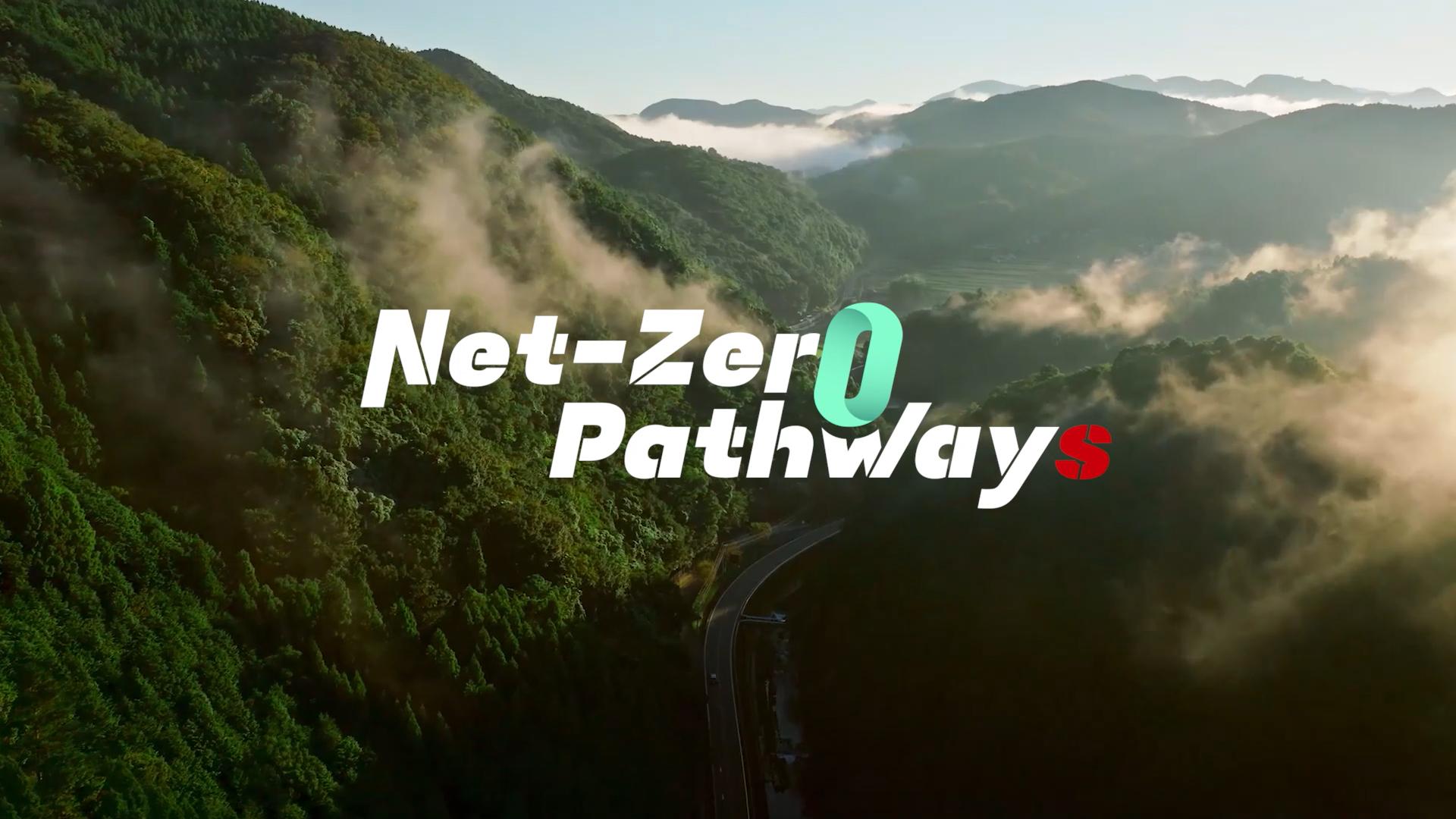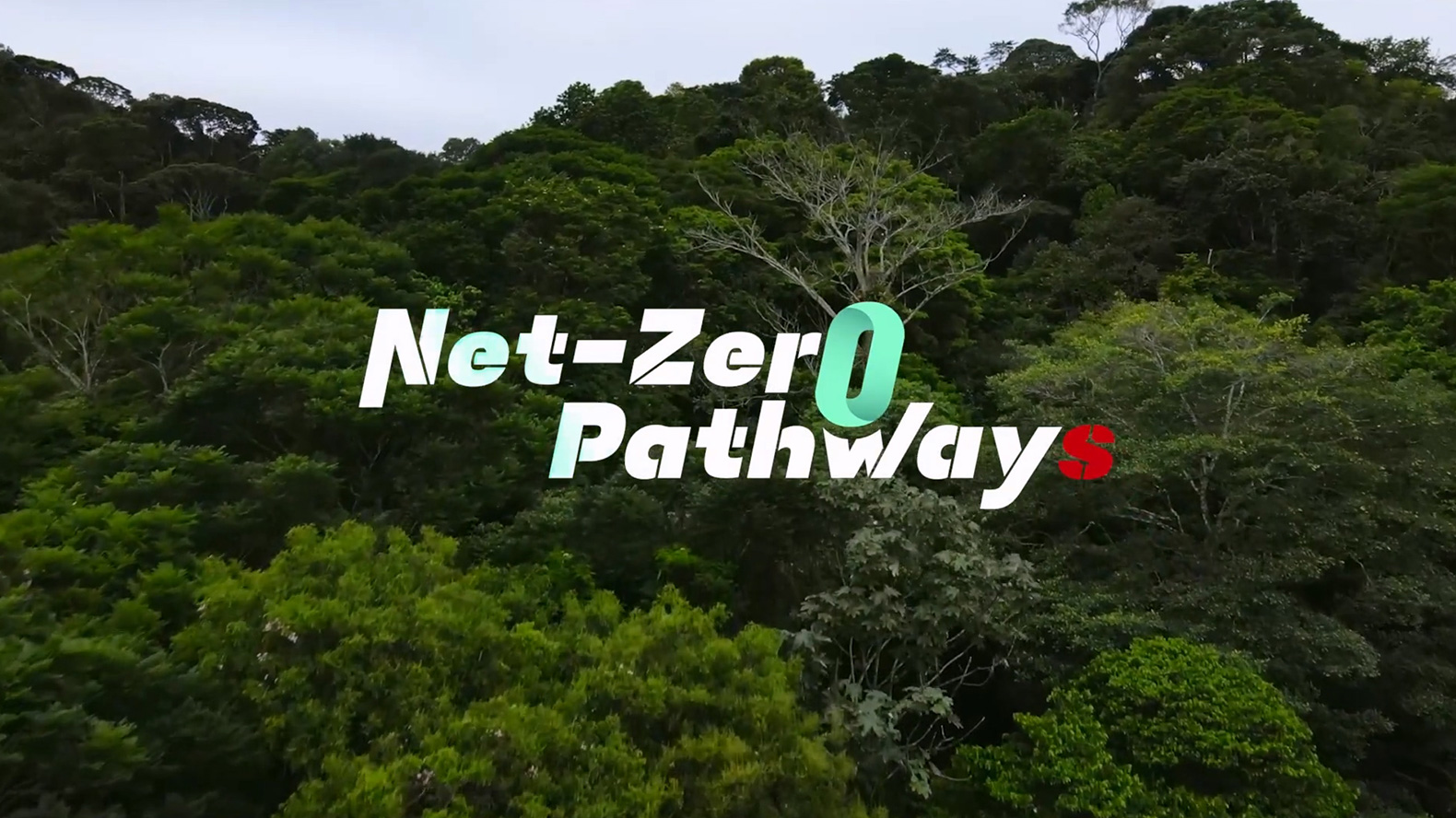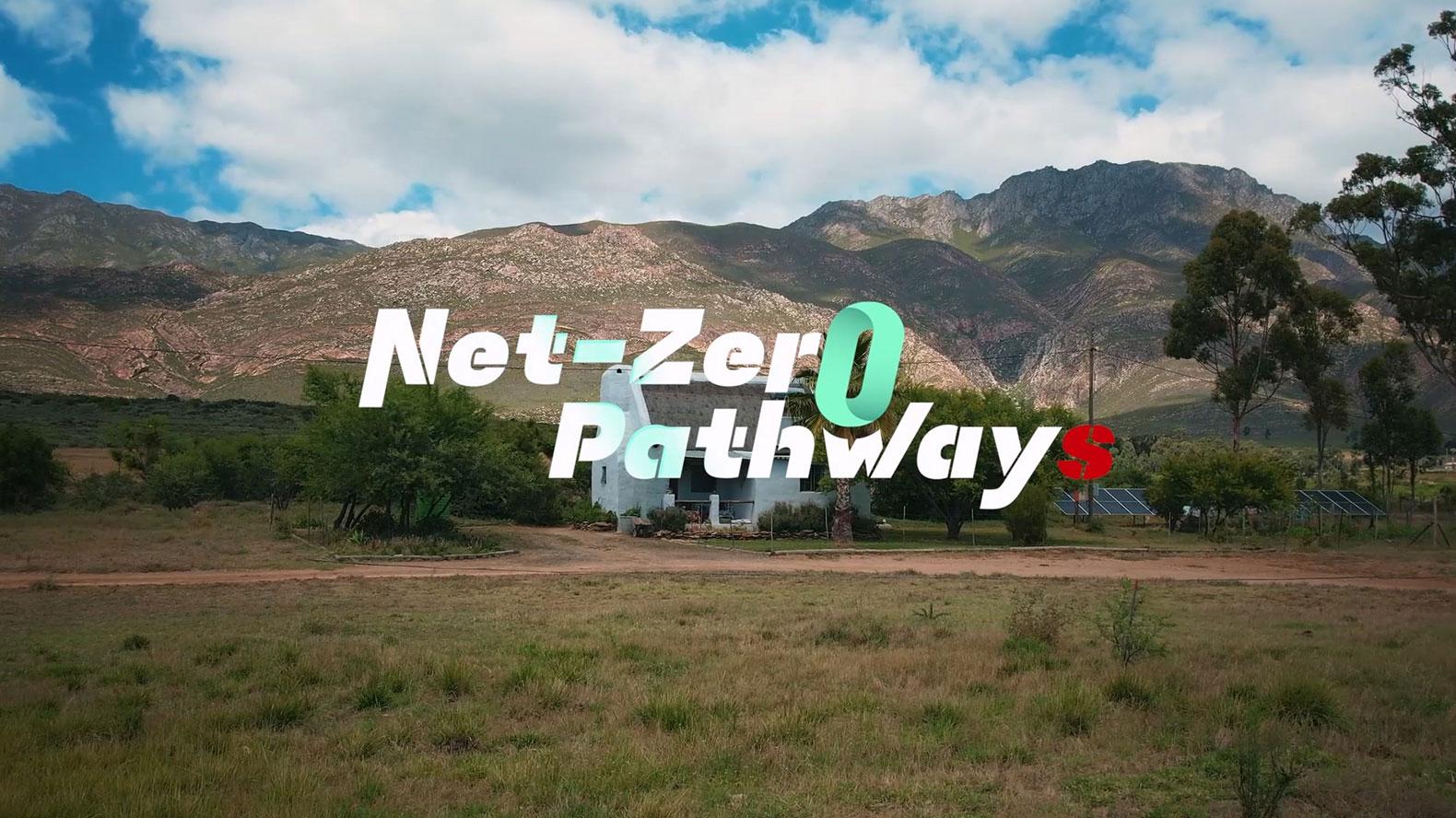Utility-scale renewable energy projects are typically large in scale and installed capacity with areas spanning dozens of square kilometers or more, posing substantial challenges in site attendance and inspection. The Kubuqi Desert pilot project, transitioning from manual inspection to intelligent O&M, has shortened O&M duration from months to just one day. This significantly reduces O&M workloads, helping build the "Three Gorges Project" of the new era.

The region between the upper and middle reaches of the Yellow River is a source and pathway for sandstorms affecting Beijing, Tianjin, and eastern China. Once completed, the project will save 6 million tons of standard coal annually, reducing carbon emissions by 16 million tons. It will become a vital part of northern China's "Green Great Wall."

PV and desertification control complement each other. Deserts offer vast land and ample sunlight, ideal for PV power generation. PV panels provide shade, reduce evaporation, and create a microclimate conducive to plant growth.

During the project's early stages, we compared various inverters. Ultimately, we chose Huawei inverters due to their ability to withstand extreme temperatures. In this icy environment, they continue to operate stably, efficiently, and safely.





 Search
Search
 EN
EN








